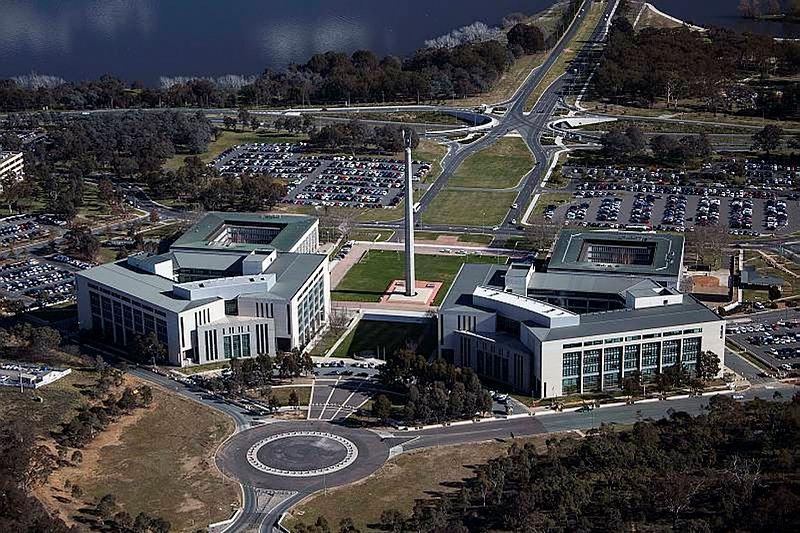Defence policy and industry: balance and options
Posted By Michael Clifford on September 24, 2014 @ 14:00
 [1]
[1]We’ve had two timely contributions to the current defence policy debate in Australia: the first [2] by ANU’s Professor Hugh White; and the second [3] by Innes Willox, Chief Executive of the Australian Industry Group.
Starting with White’s sound advice on how to ‘do defence policy better’, inputs, outputs and outcomes are critical but I believe the start point in the process is a clear and consistent vision of Australia and its role in the world. That context enables us to determine more directly the type of outcomes we as a nation see for ourselves. They’ll necessarily be long term in nature and contestable but they’ll provide the framework around which the broader security and defence debate can then take place.
Australia’s policymakers’ task is made more interesting because of its location; the size of its land mass, population and economy; and—of increasing importance—the perception held by others of Australia’s role both regionally and globally. Together those factors create a unique set of policy challenges. The input element is also made more complex because governments, notwithstanding their occasional fiery rhetoric, seem to dislike restricting the capability or output options available to future governments.
Force structure decisions are critical—get them wrong and the options open to governments in the future close down quickly. That was the real issue for governments in the 90s: they had no options. That’s why balance becomes so important.
When the word balance is used in the same sentence as force structure many in the strategic policy arena get uncomfortable and abruptly reject the concept. So let me clarify my definition of balance. It’s certainly not about splitting the available defence budget equally across Army, Navy or Air Force or making decisions less contested or rigorous.
It’s about having a balanced defence force in capability terms, a ruler against which policy and capability decisions can be tested. As an example, the ‘air package’ that the Government is currently forward-positioning in the Middle East is self-reliant, balanced and capable—and importantly of a scale that meets Australia’s means. Self-reliant because it can see, sustain itself, and shoot. Balanced because it has the force elements necessary to prosecute the tasks given to it by government—and not limited just to either seeing, or sustaining or shooting. It’s capable because as a package it’s not a liability to others in the coalition but gives government a range of policy options over time based on policy grounds not capability deficiencies.
So the terms ‘balanced’ and ‘options’ are key, and segue nicely to Innes Willox’s contribution.
Setting aside the decision to ‘make or buy’ submarines for the moment, Willox’s broader point is that industry capability is about the means available to governments to sustain a force structure over its life. It’s not about rentseekers or industry assistance.
So what does Government and Defence want from a mature defence industry? The Prime Minister was absolutely right when he said [4] that defence capability decisions are about defence capability not industry policy. Willox’s constituency would, no doubt, agree. But it might reasonably expect that government makes its expectations of the sector clear and consistent, a feature of government policy sadly lacking in recent times.
In doing so, government should recognise the industry capabilities that already exist in the defence sector of the economy. Defence industry policy also needs to acknowledge and leverage Australia’s competitive advantages. It can’t just be a defence manufacturing policy.
The 2000 White Paper triggered the entry of a number of new industry players into the local defence landscape. And Defence has been the beneficiary of that. The decision to enter the market wasn’t made because government gave out assistance or provided industry largesse; rather, what Canberra provided was a ten-year roadmap for defence. It offered not guarantees but predictability—around which companies could make their own decisions regarding risk and investment.
The First Principles Review team and those developing the new industry policy could take a leaf from the 2000 approach. Herewith, a couple of suggestions:
- Balance in force structure is an important design principle.
- The industry policy statement should outline some structural decisions around which policymakers at all levels of government and industry can plan and execute. For a start, why not leverage and build on the current ad hoc centres of excellence around Australia: South Australia for advanced shipbuilding and maintenance skills, Victoria for advanced vehicle design and manufacturing skills and Queensland for aviation?
- Defence industry policy needs to be broader than a defence manufacturing policy. Indeed, any Defence reform in the near term will be critically enabled by leveraging the skills and expertise held by the service providers, the tertiary education sector and sectors such as catering, ICT, logistics, infrastructure or medical already operating in Defence. Those need to be explicitly embraced by the new statement.
- It’s important to understand the R&D capabilities that industry could bring to DSTO and to identify concrete steps to build that relationship.
- Finally the government’s new defence policy world should be assessed against its longevity of view and its capacity to deliver effective defence capability. It needs to be underpinned by a long-term collaborative approach, not a short-term ‘them and us’ mentality that currently pervades the broader defence sector relationship.
Michael Clifford is a senior fellow at ASPI. Image courtesy of Department of Defence [5].
Article printed from The Strategist: https://aspistrategist.ru
URL to article: /defence-policy-and-industry-balance-and-options/
URLs in this post:
[1] Image: https://aspistrategist.ru/wp-content/uploads/2014/09/20140723ran8552832_028.jpg
[2] first: http://ips.cap.anu.edu.au/news-events/all-stories/doing-defence-policy-better#.VBohxlflQll
[3] second: http://www.aigroup.com.au/portal/binary/com.epicentric.contentmanagement.servlet.ContentDeliveryServlet/LIVE_CONTENT/Publications/Speeches/2014/Subs_op_ed.pdf
[4] he said: https://www.pm.gov.au/media/2014-09-08/joint-doorstop-interview-queanbeyan
[5] Department of Defence: http://images.defence.gov.au/20140723ran8552832_028.jpg
Click here to print.